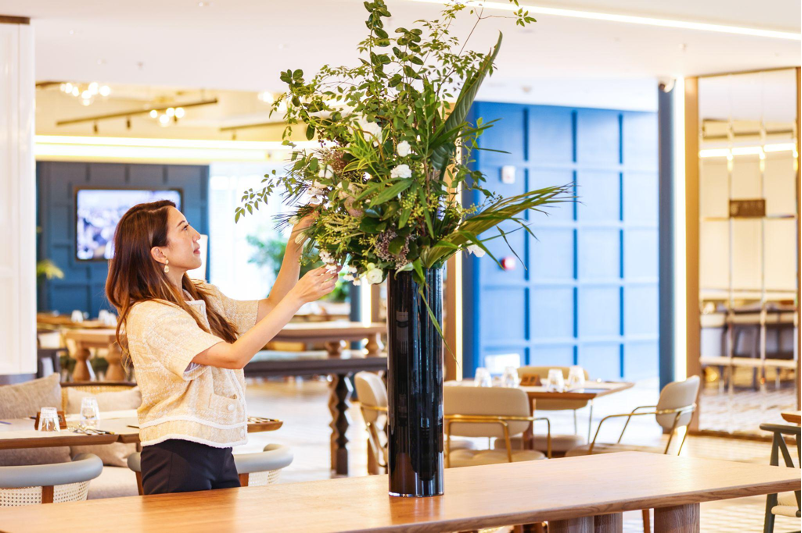welcome to bless the mess
As a wife, mom and organizer, my goal is to empower homeowners to find balance in their homes and minds through organization.
Join the 14 Day get Organized Challenge
This 14-day challenge is designed to help you make small changes each day and get into the habit of organizing.
Join Now
Ever since my son officially turned 10 years old, I’ve been thinking about how so many things have changed over the years.
Now that he is more independent, I find myself reassessing not just the physical space in our home but also how we approach organization and responsibility.
It’s a transition from more hands-on management of his space and schedule to guiding him towards self-management and giving him the tools to stay organized on his own.
Each stage of life brings its own set of challenges and demands different organizational strategies.
Before having children, the level of clutter and the nature of items you need to organize are generally different.
Your focus might be on things like personal items, work materials, and maintaining a general level of tidiness.
Once children come into the picture, the situation changes dramatically. You’re not just dealing with your own stuff anymore, but also a constant influx of toys, clothes, and other child-related items.
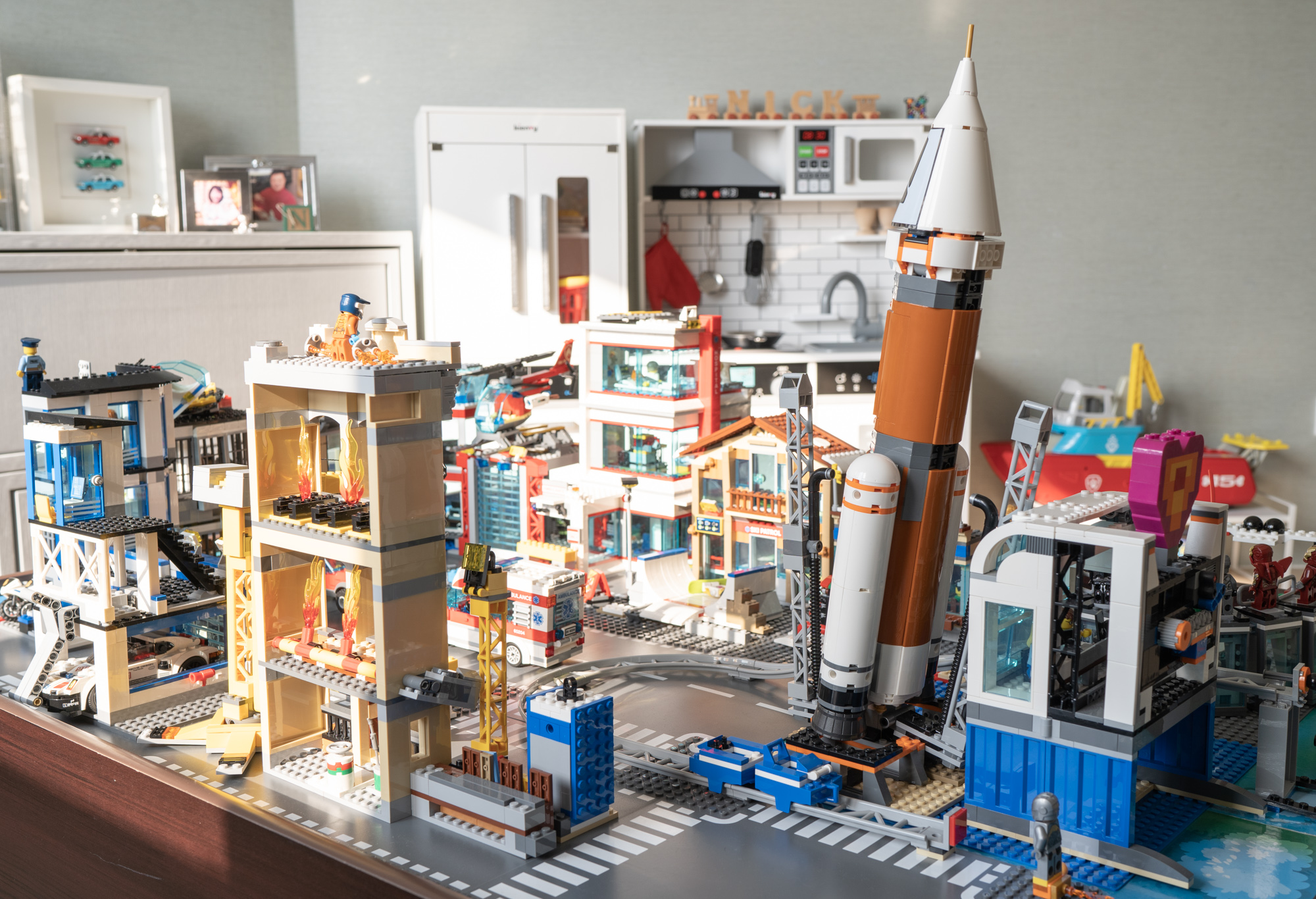
This often requires more robust and child-friendly organization solutions. Labeled bins are a great example. They help in quickly sorting and finding things, and they can also make it easier for children to learn about organization and participate in it.
Many of us parents of growing families will often have children at different life stages themselves. In these situations, we need to create an environment that’s suitable for all.
Today I wanted to compile and share with you a list of strategies that have worked for me and my clients, to perhaps inspire you and make the beautiful chaos in your home a little more manageable.
Organizing for young children
Organizing for young children involves creating systems that are easy for them to understand and use. Here are some ideas I implement in my client’s homes:
Picture Labels
For pre-readers, use pictures instead of words on labels. Pictures of toys, clothes, or types of books on bins and shelves make it easier for young children to understand where things go.
Low Shelves and Bins
Keep shelves and storage bins at a child-friendly height. This encourages independence as children can take out and put away their belongings without help.
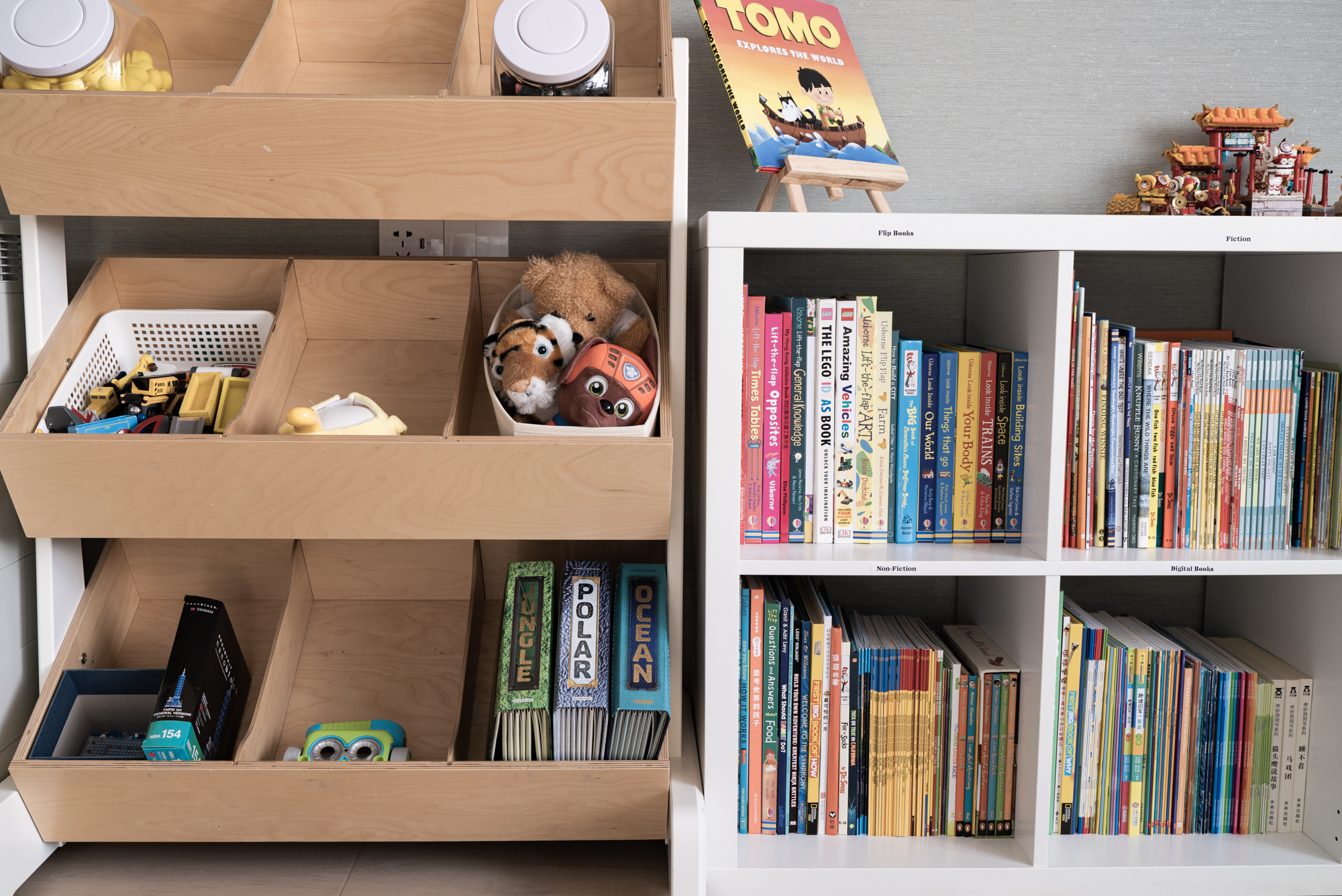
Book Display Shelves
Display books with their covers facing out. It’s easier for young children to choose books this way, rather than when they are lined up with only the spine showing.
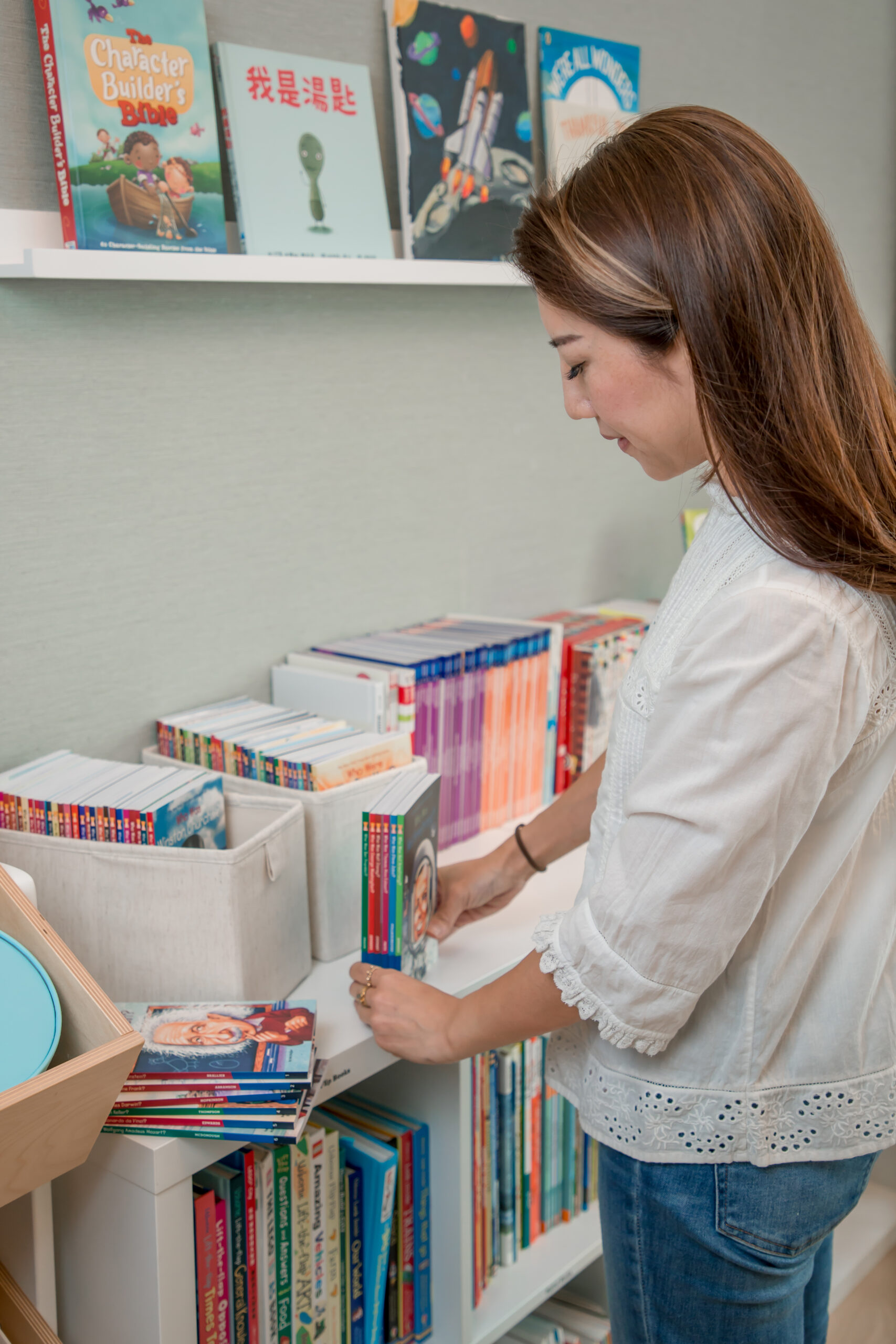
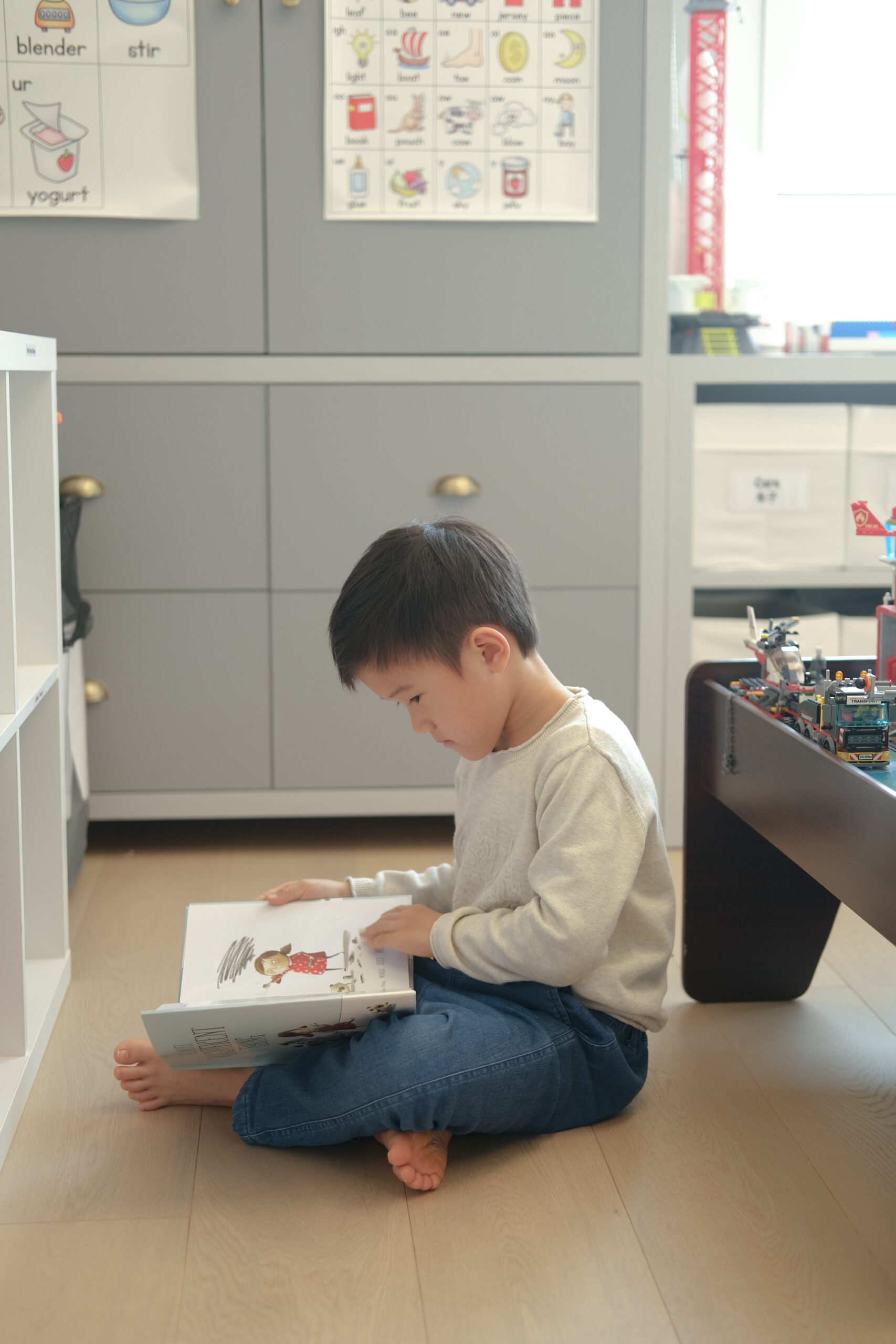
Color Coding
Assign different colors for different categories of items. For example, use blue bins for toys, green for books, and red for art supplies. This helps children identify where things belong.
Open Bins and Baskets
Use open bins and baskets for easy access. Young children might find it difficult to open drawers or lids, so open storage solutions are more child-friendly.
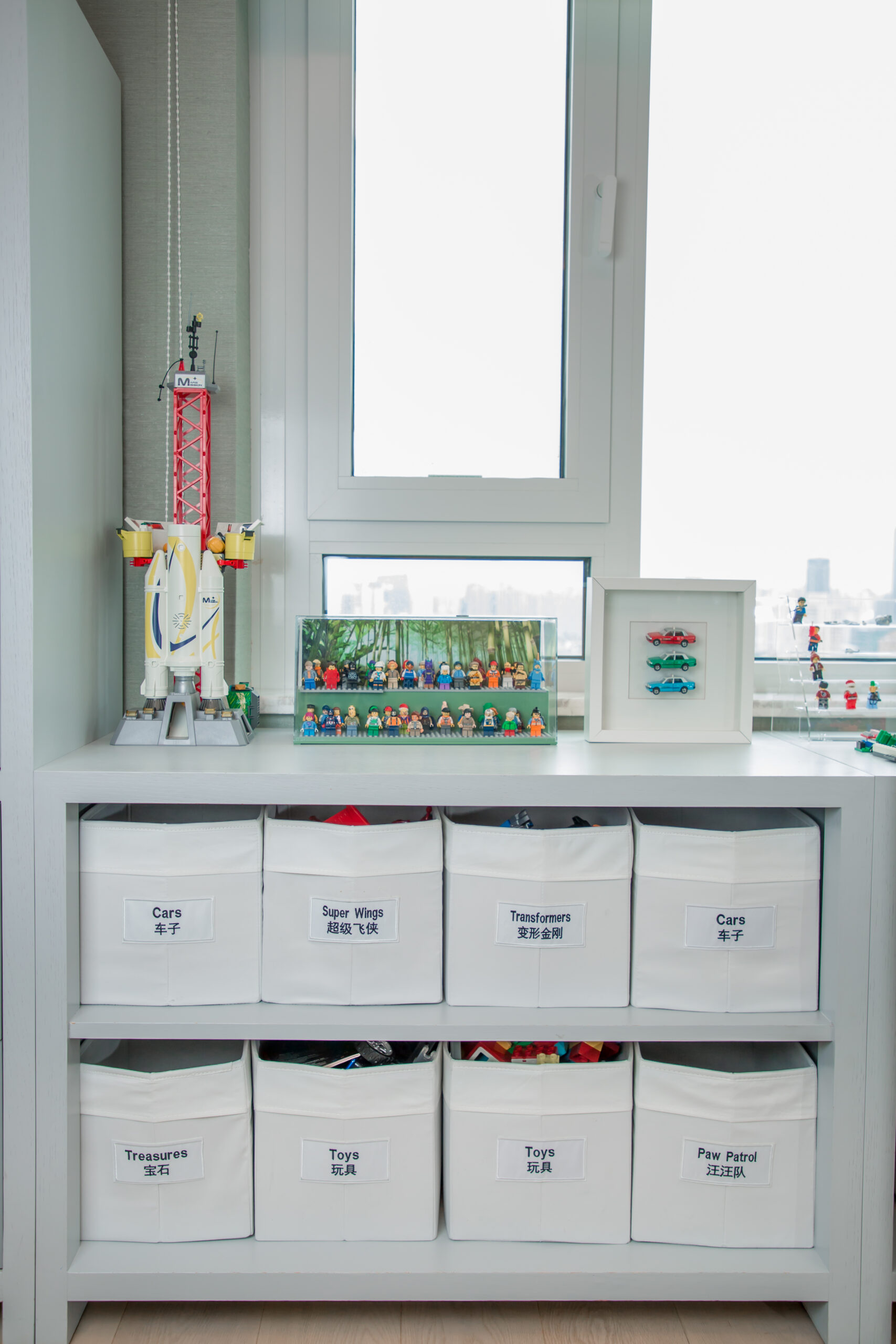
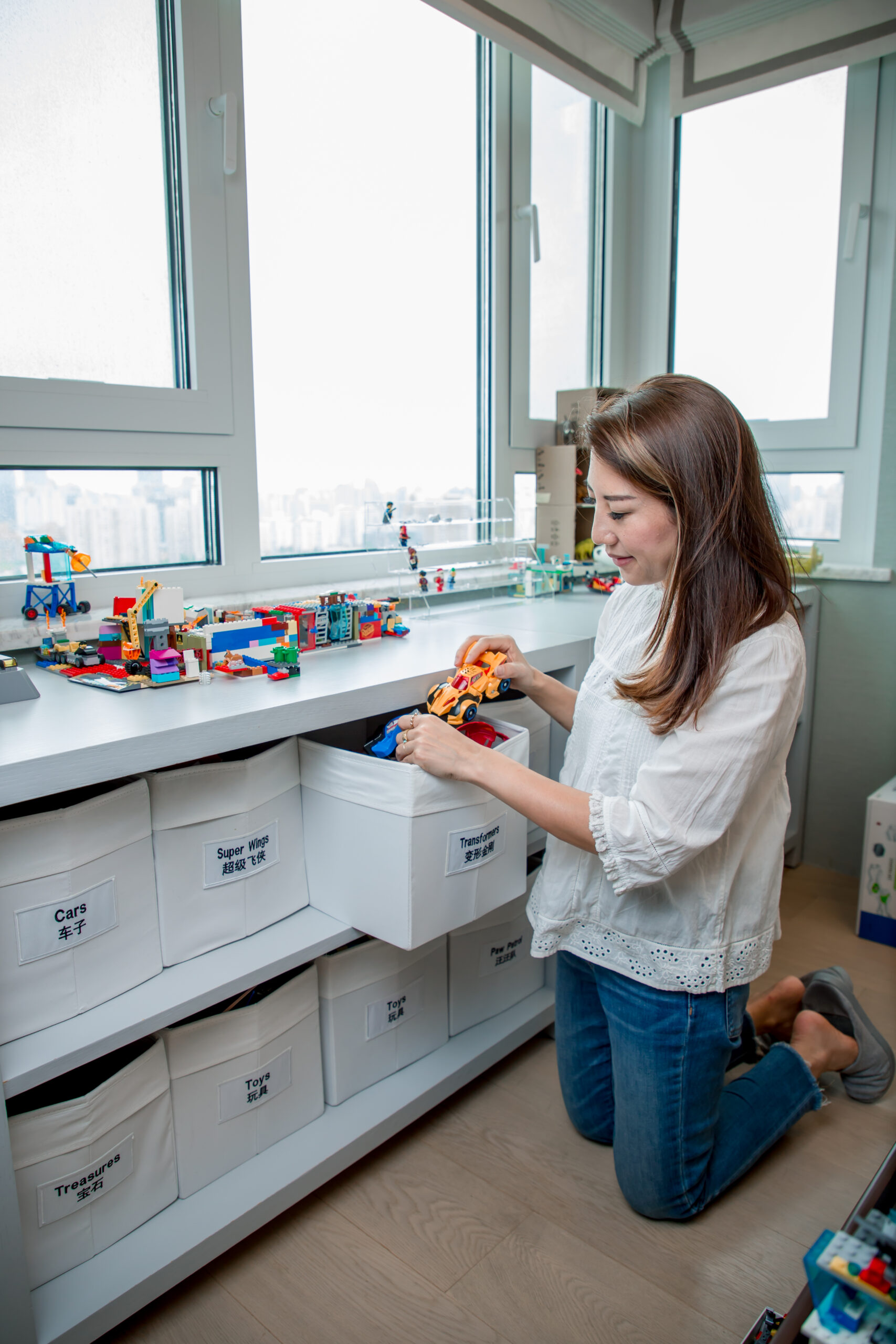
Toy Rotation System
To avoid overwhelm and clutter, rotate toys. Keep a limited number of toys accessible and store the rest. Every few weeks, switch them out to keep things fresh and manageable.
Art Supply Station
Create a small area for art supplies with everything in reach – paper, crayons, markers, etc. This encourages creativity while keeping supplies in order.
Dress-up Closet or Area
If your child enjoys dress-up, dedicate a small closet or area with costumes hung at their level and a bin for accessories.
Activity Zones
Divide the room into different ‘zones’ for various activities, like a reading nook, play area, and craft corner. This helps in keeping things organized and defining play spaces.
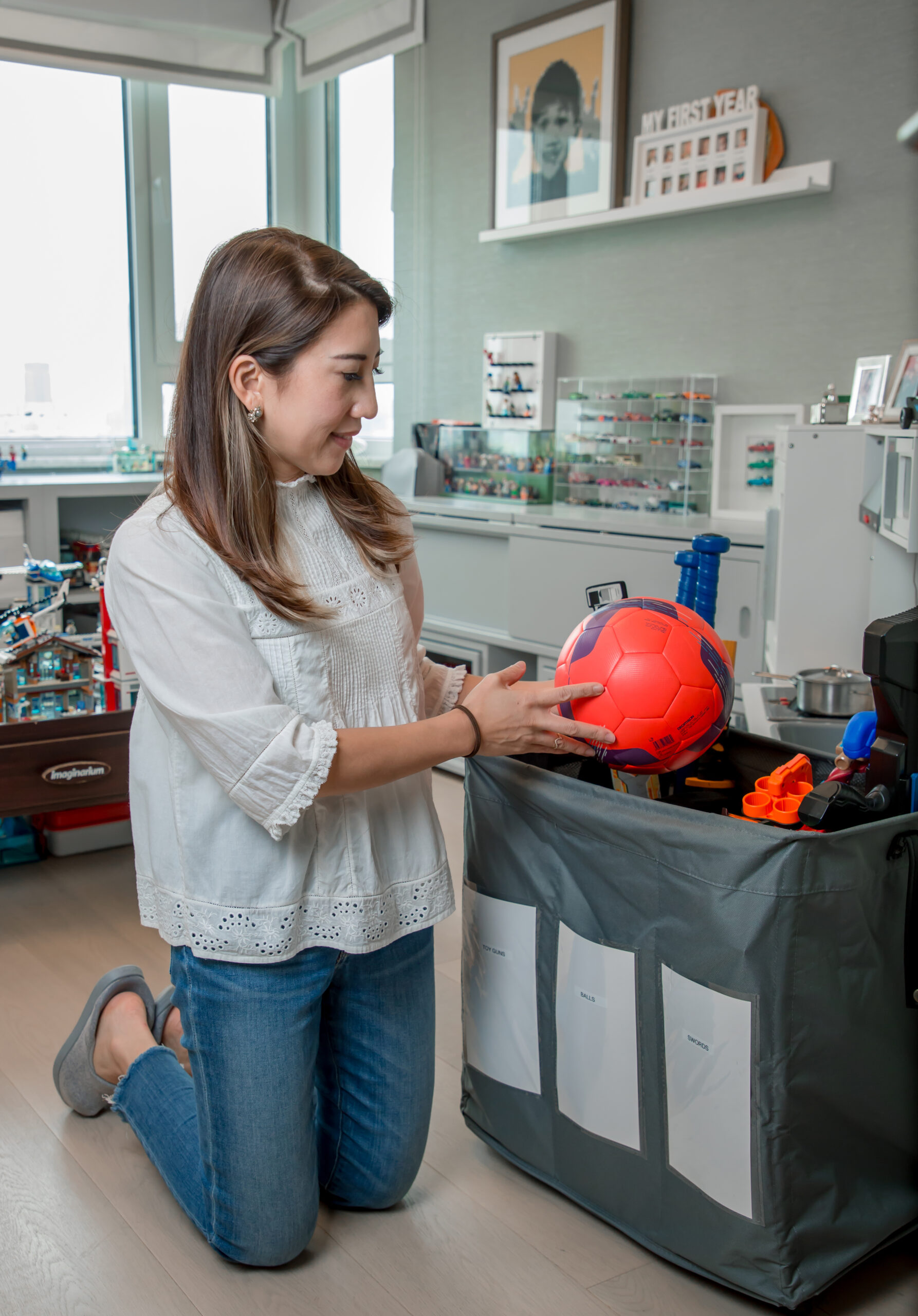
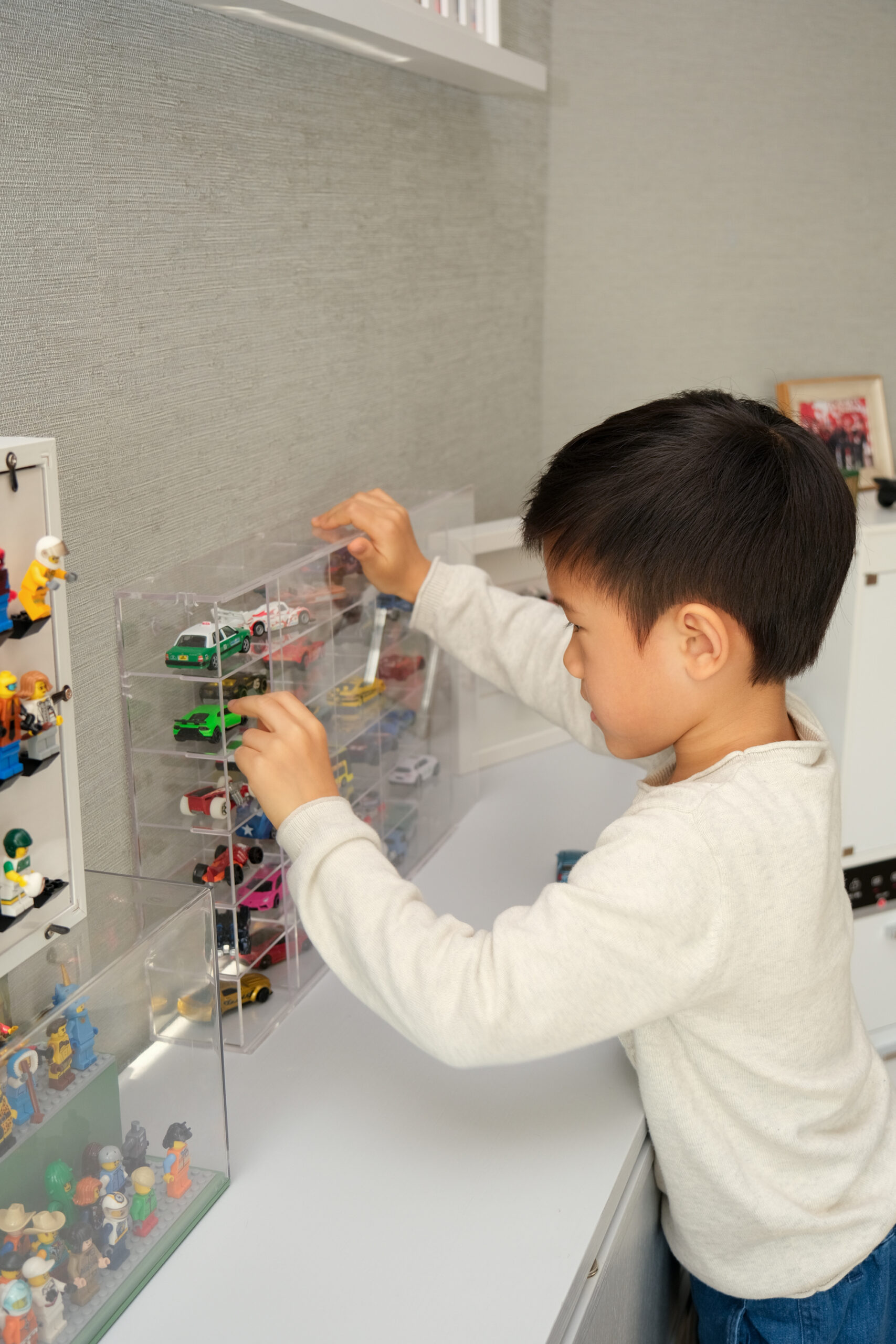
Wall Hooks
Install low wall hooks for hanging up backpacks, coats, and hats. This is easier for young children than using hangers.
Personalized Spaces
Personalize their space with their name, like on a cubby or a special chair. This gives them a sense of ownership and responsibility for that space.
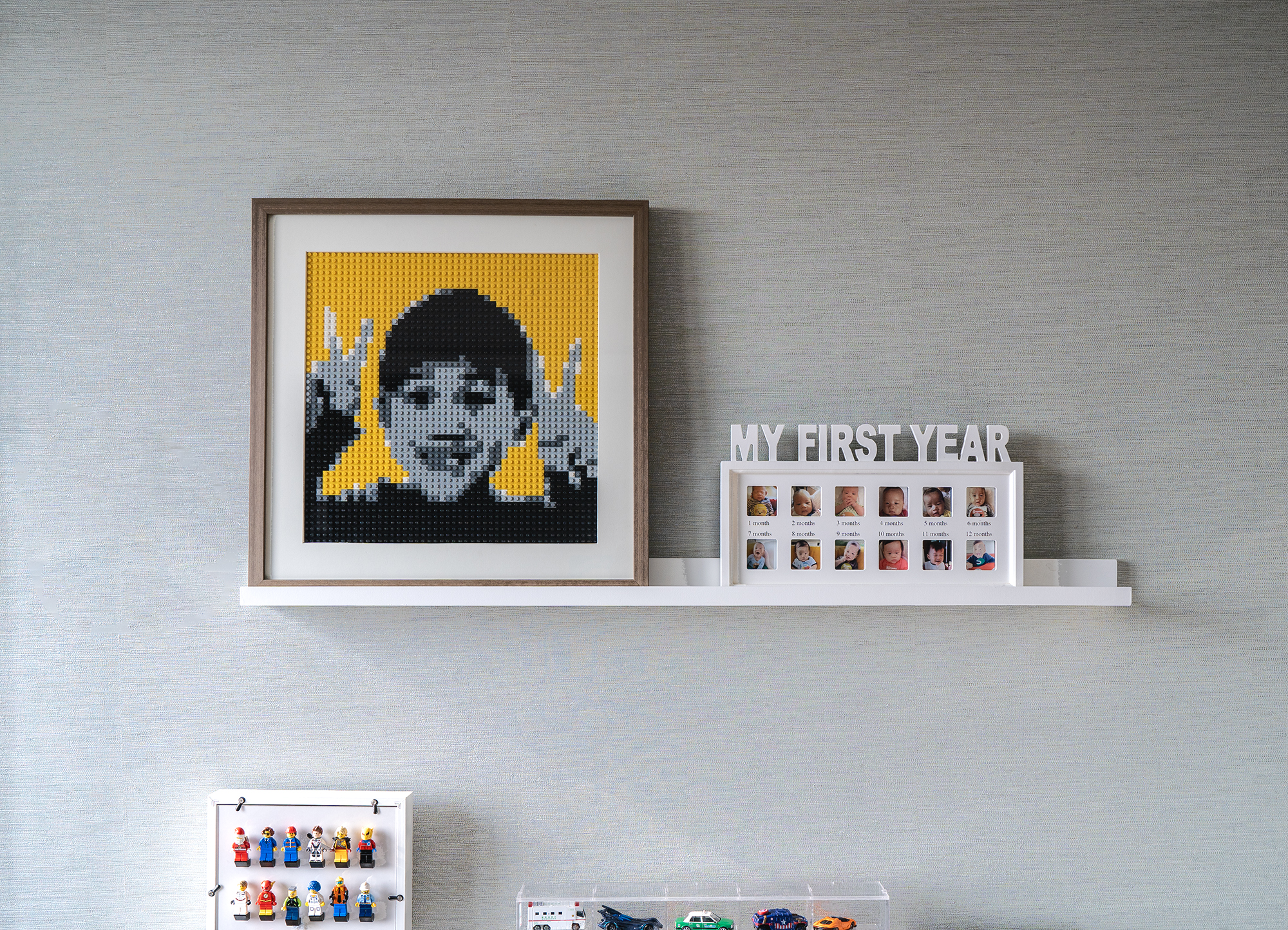
Remember, the key with young children is to make organization simple and accessible.
It should be easy for them to take things out and put them away on their own.
This not only keeps your home more organized but also helps them develop good habits from a young age.
As children grow, the organizational needs shift again.
You might move from bins for toys to systems for organizing schoolwork, sports equipment, and more.
Each phase of life requires adapting your organizational strategies to fit the new circumstances.
It’s a continuous process of evaluating and adjusting to make sure your home stays functional and manageable.
For instance, as children become more independent, you might encourage them to take on more responsibility for their own spaces, using tools like chore charts or designated areas for their belongings.
In every stage, the key is to find systems that work for your specific needs and lifestyle.
Sometimes, this means trying out different solutions until you find the right fit. It’s all about balancing efficiency, accessibility, and, especially with children, safety.
Organization solutions for your tween
Transitioning into the tween years definitely brings new organizational challenges, particularly when it comes to school work and personal space. Here are some strategies to consider for your own family:
Dedicated Study Area
Create a specific area for study and homework. This could be a desk in their room or a quiet corner of the house. Make sure it’s well-lit, comfortable, and free from distractions.
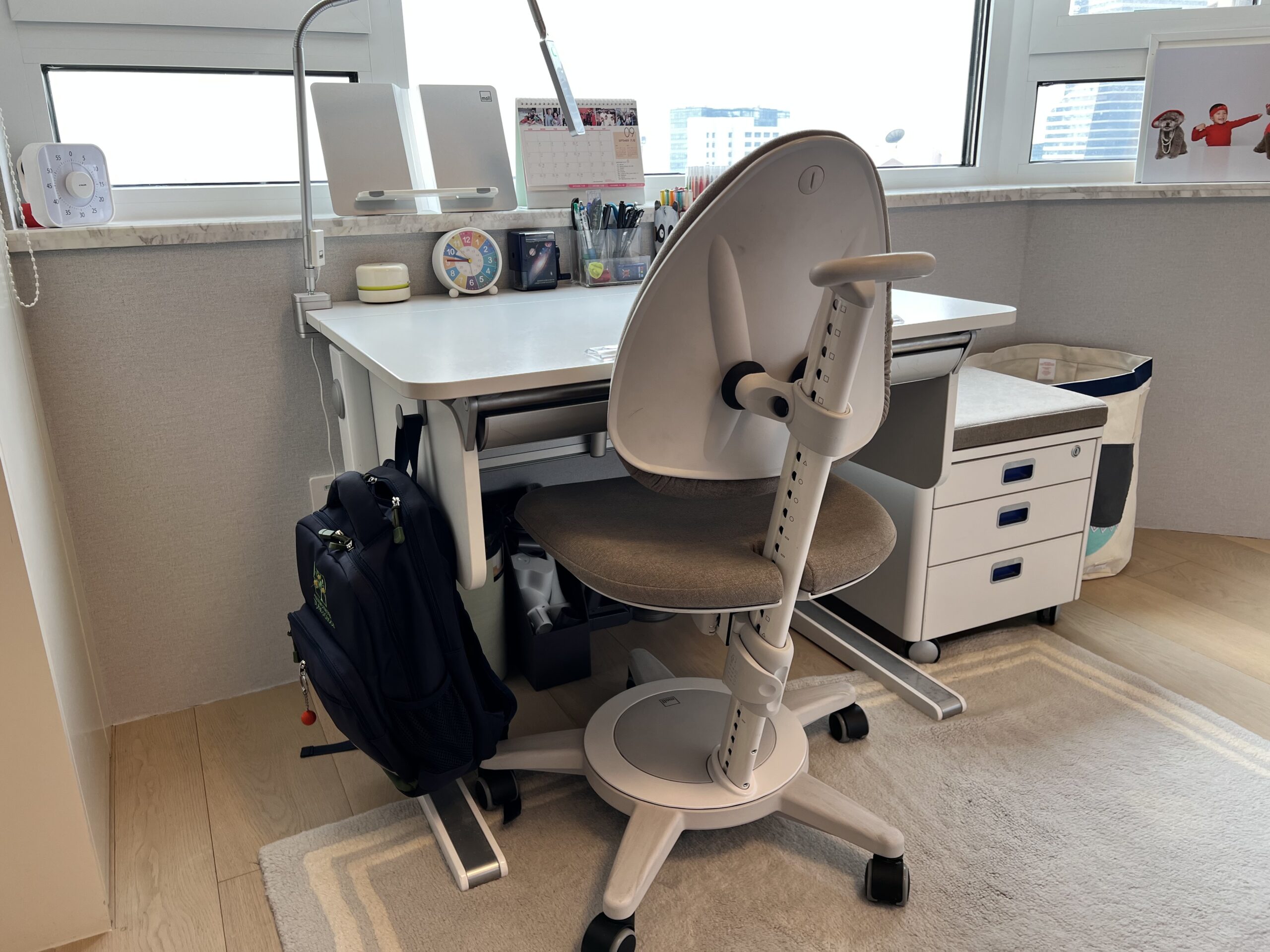
Organizational Supplies
Stock up on organizational supplies like binders, folders, and shelving units. Teach your tween how to use these effectively to keep track of assignments, notes, and important papers.
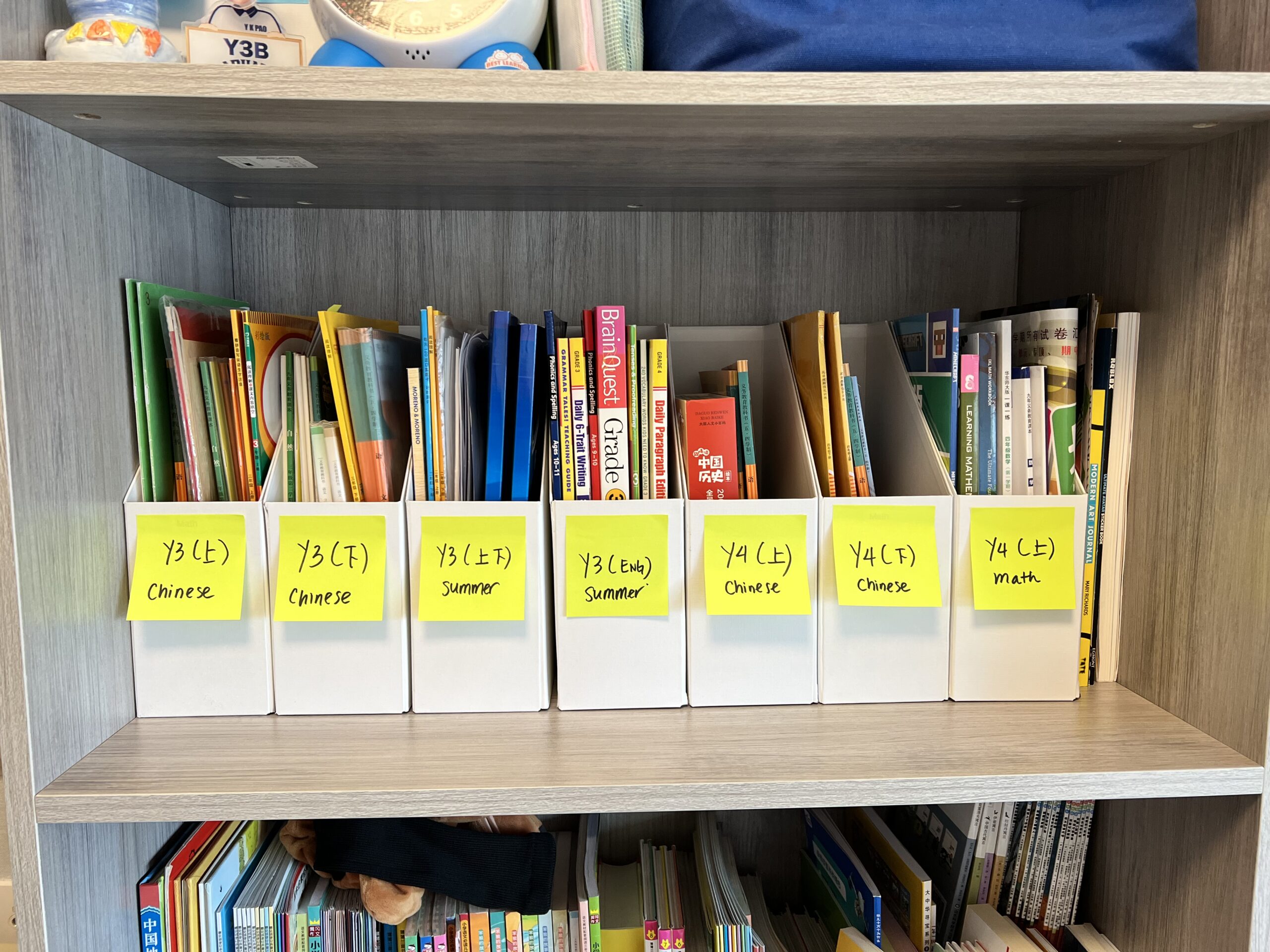
Technology and Digital Management
As technology becomes a bigger part of their lives, it’s important to organize and manage it. This includes having a designated spot for charging devices, keeping cords tidy, and possibly setting time limits for usage.
Personal Item Organization
Tweens often start to accumulate more personal items like books, collectibles, or hobby supplies. Shelving, display cases, or special bins can help keep these items organized and displayed in a way that respects their growing individuality.
Clothing and Closet Organization
Their clothing needs may change as they grow. Consider a closet makeover to accommodate larger clothes and more diverse styles. Introduce closet organizers or additional drawers as needed.
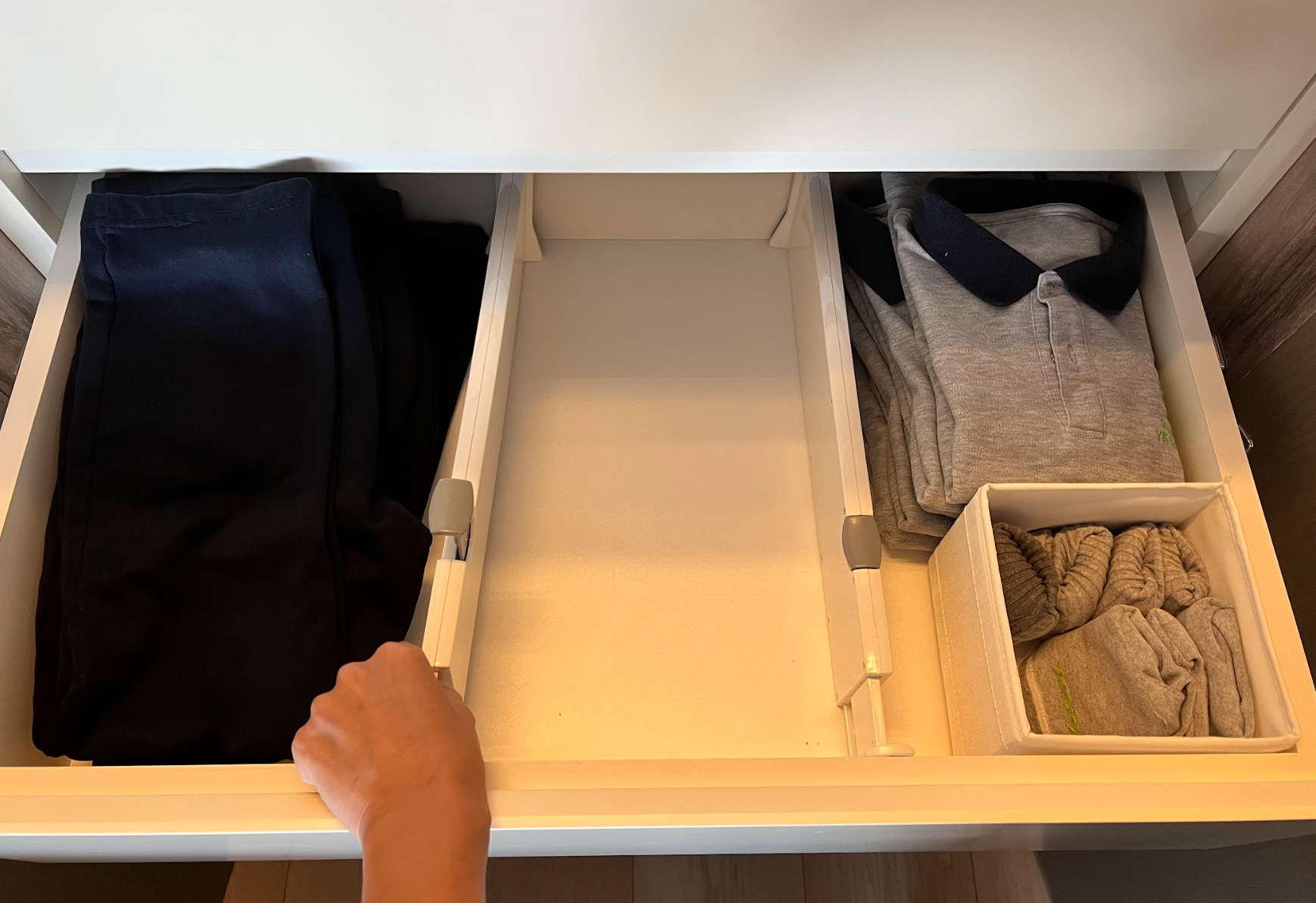
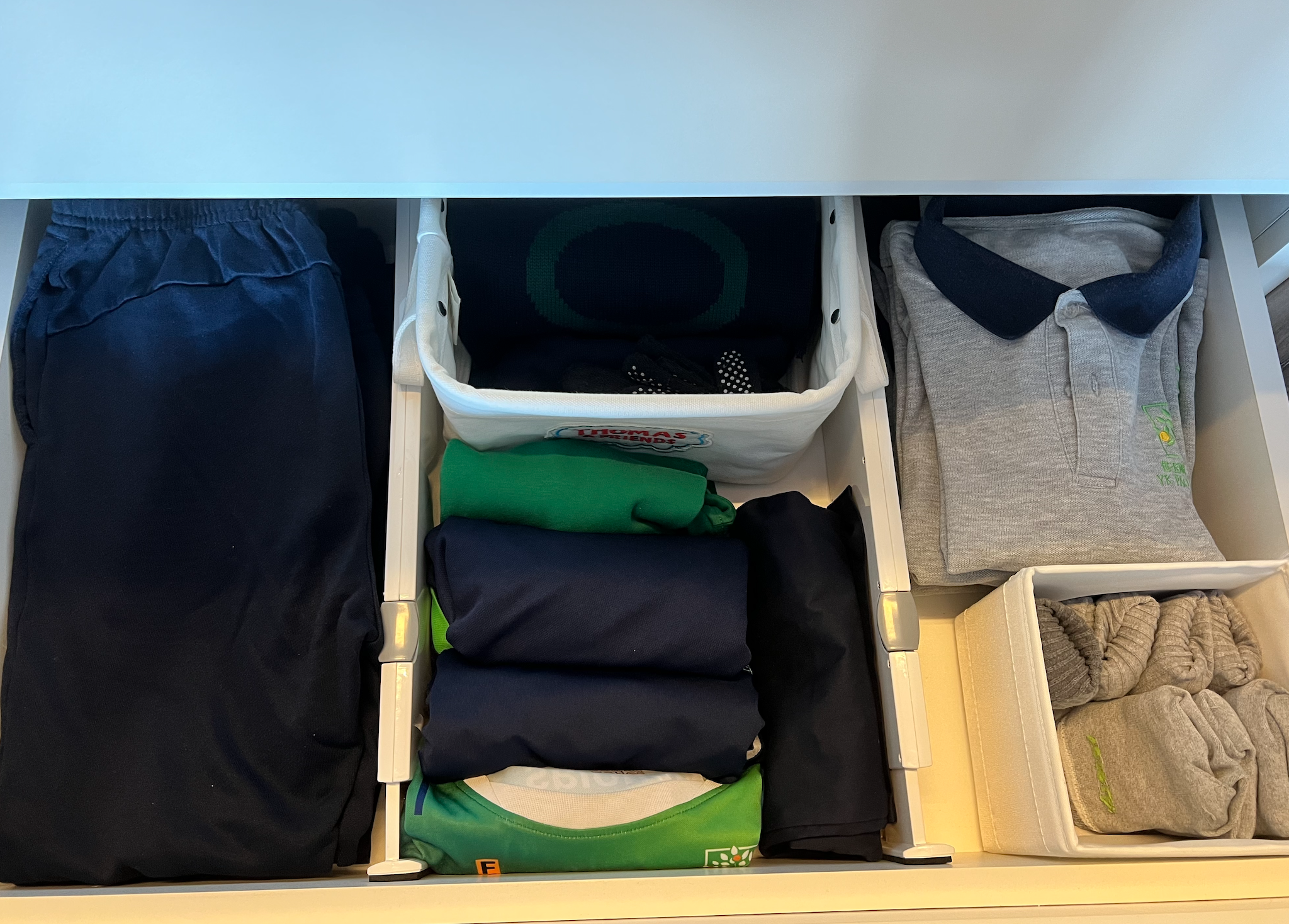
Schedule and Time Management
Introduce tools for managing their own schedule, like a planner or a whiteboard calendar. This helps them keep track of their own activities and responsibilities.
Involve Them in Decision-Making
Involve your tween in the organization process. Let them have a say in how their space is organized and decorated. This fosters a sense of responsibility and pride in their personal space.
See below a sketch my son prepared for how he wanted to redesign his playroom for his grown-up taste.
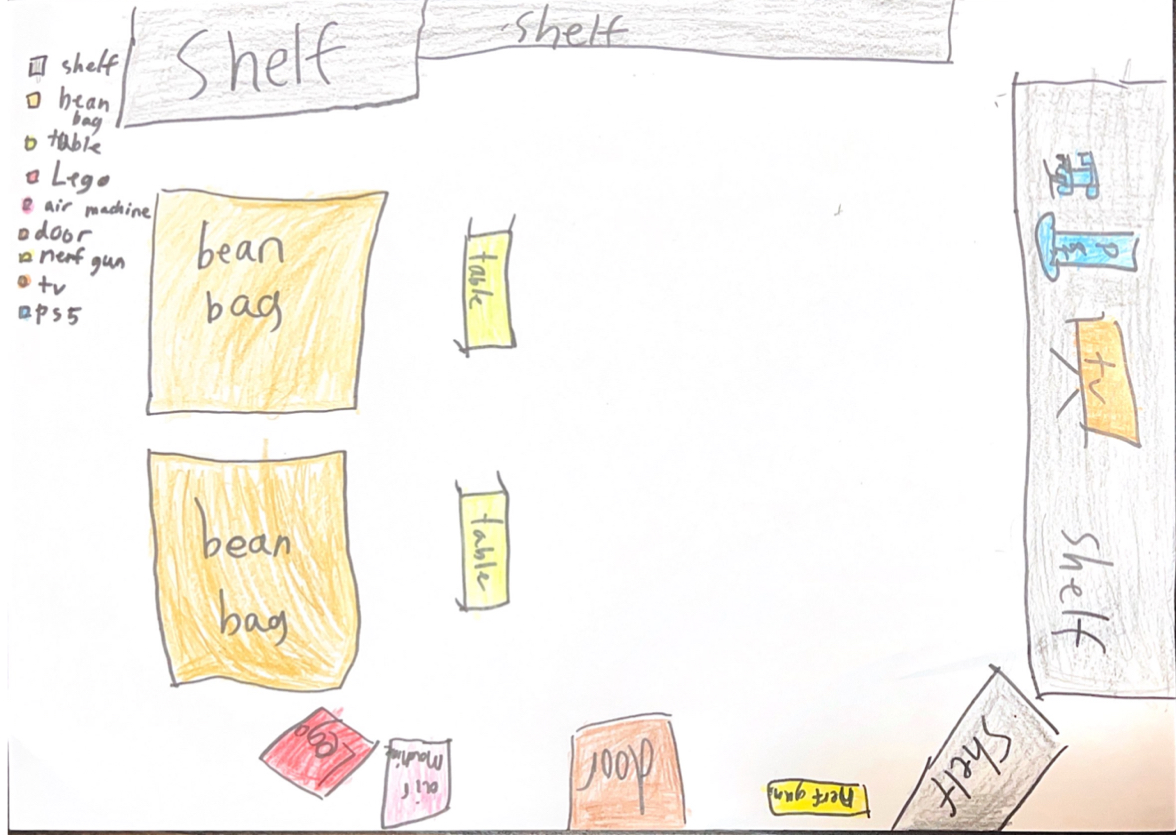
(and if you keep reading, you’ll see the finished room)
Regular Clean-ups
Establish a routine for regular clean-ups and decluttering. This teaches them the importance of maintaining an organized space.
Space for Relaxation
Keep in mind that they need a space to relax and unwind, which is just as important as their study area. This could be a comfy chair with their favorite books or a small nook where they can listen to music or meditate.
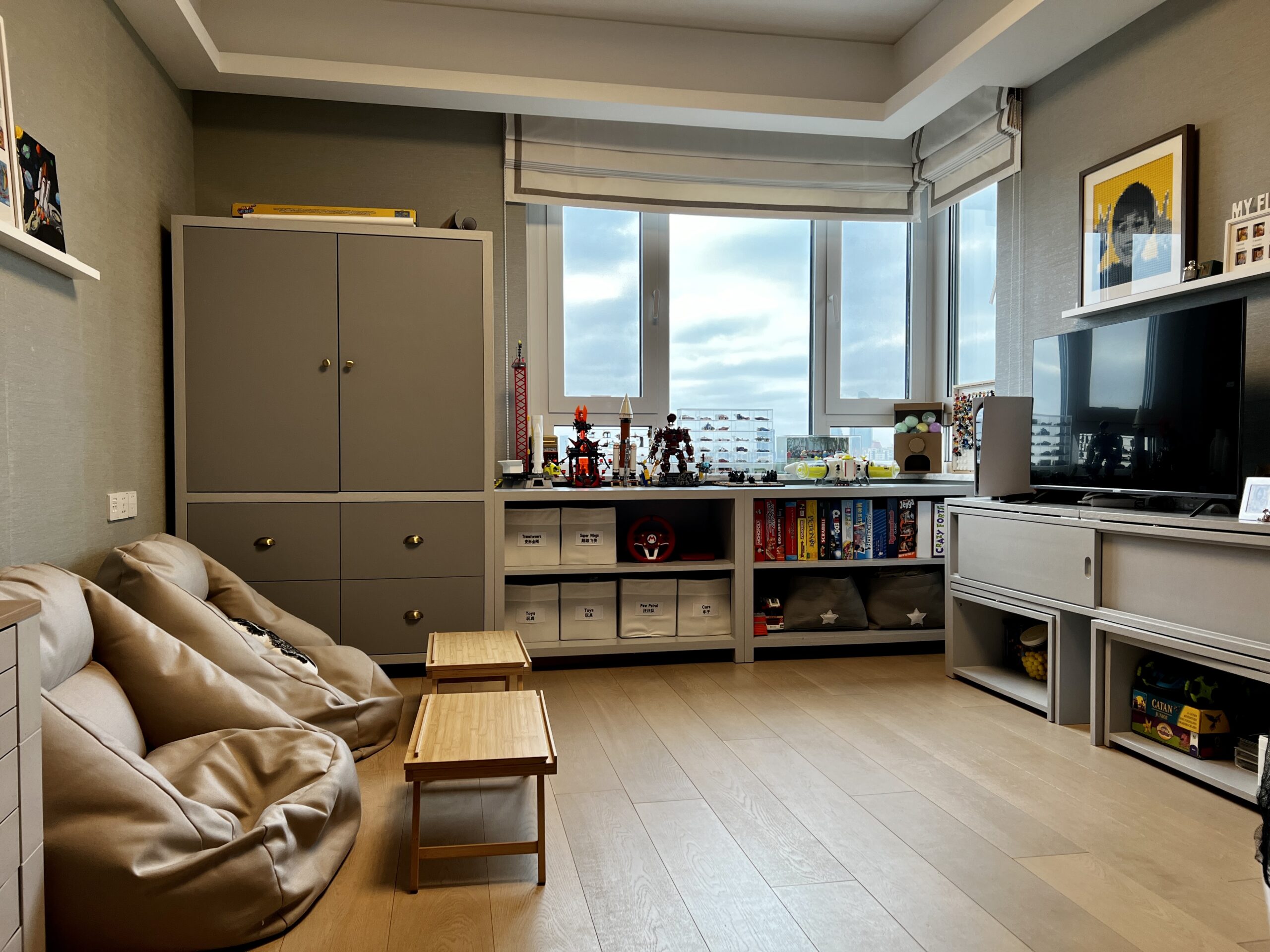
Life Skills
Start teaching basic life skills related to organization, like doing laundry, basic cleaning, and managing personal items. These skills will be invaluable as they grow older.
Again, the key is to adapt these ideas to fit your child’s personality and needs. It’s a process of trial and error, and what works for one child might not work for another.
Encourage them to take ownership of their space and be patient as they learn these new skills.
As our children grow and evolve, so must our approach to organization and management within our homes.
It’s not just about creating order; it’s about fostering a culture of collective responsibility.
Encouraging siblings to ‘teach’ and guide each other in staying organized is a powerful tool, especially in larger families.
Kids often relish the opportunity to teach, and this approach not only helps maintain a system but also strengthens family bonds.
The journey from managing the chaos of toys to guiding tweens in self-organization is both challenging and rewarding.
By implementing age-appropriate strategies we can create a more harmonious and functional living space and teach important life skills to our children.
It’s about finding that perfect balance between guiding them and giving them the freedom to learn and grow.
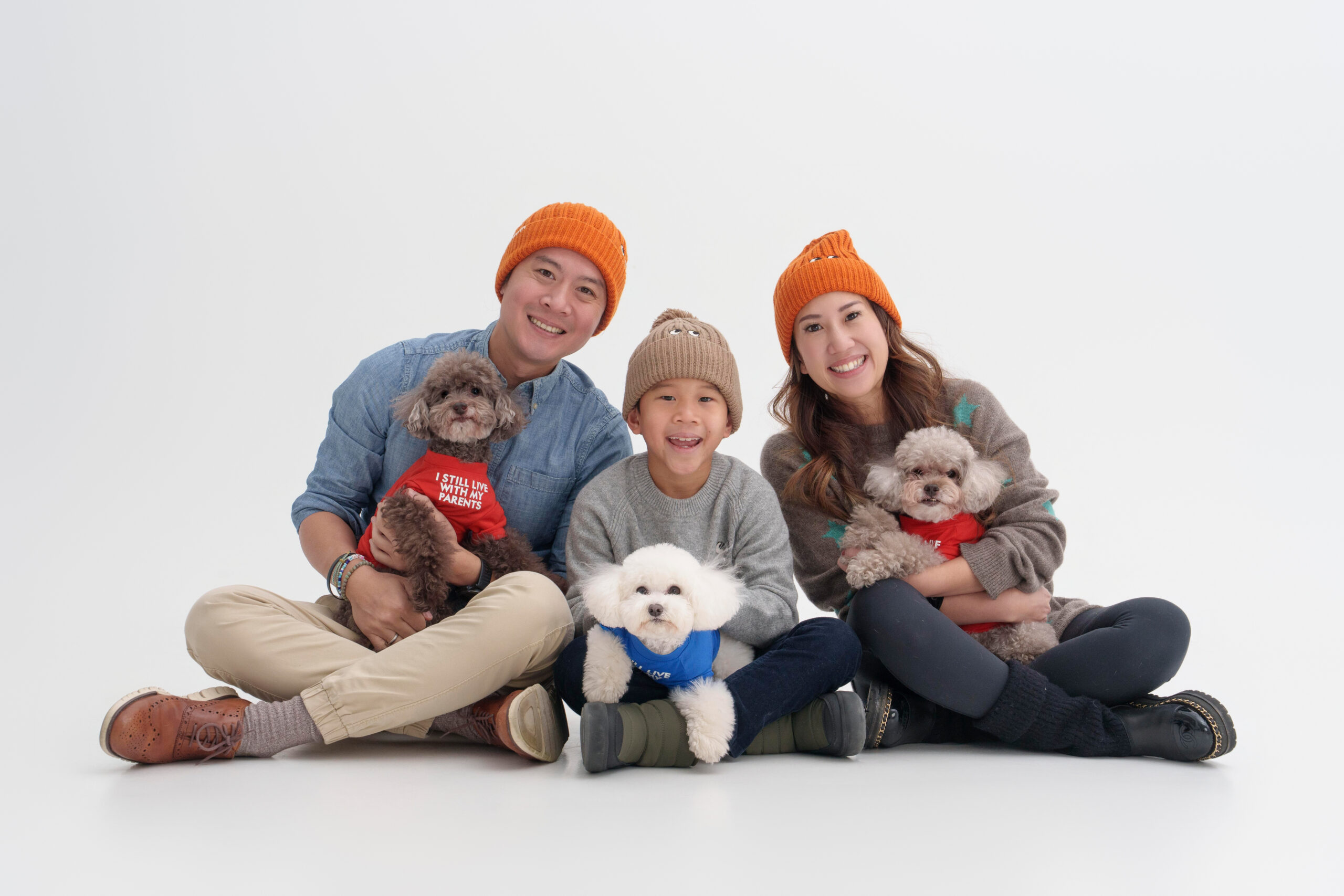
As I see it, the ultimate goal is to create an environment that supports the development of our children at each stage, while also maintaining a sense of order and calm in our family life.
As parents, we’re constantly learning and adapting, and it’s this flexibility and willingness to evolve with our children’s needs that makes the journey so enriching.
Let’s embrace each stage with enthusiasm and creativity, always looking for new ways to make our homes a reflection of the love and care we have for our growing families.
If you’ve found these tips and insights helpful, please feel free to share them with other parents who might be navigating similar stages in their family life.
And don’t forget to browse through our blog for more practical solutions and creative ideas to keep your home organized and your family thriving.
Before you go…
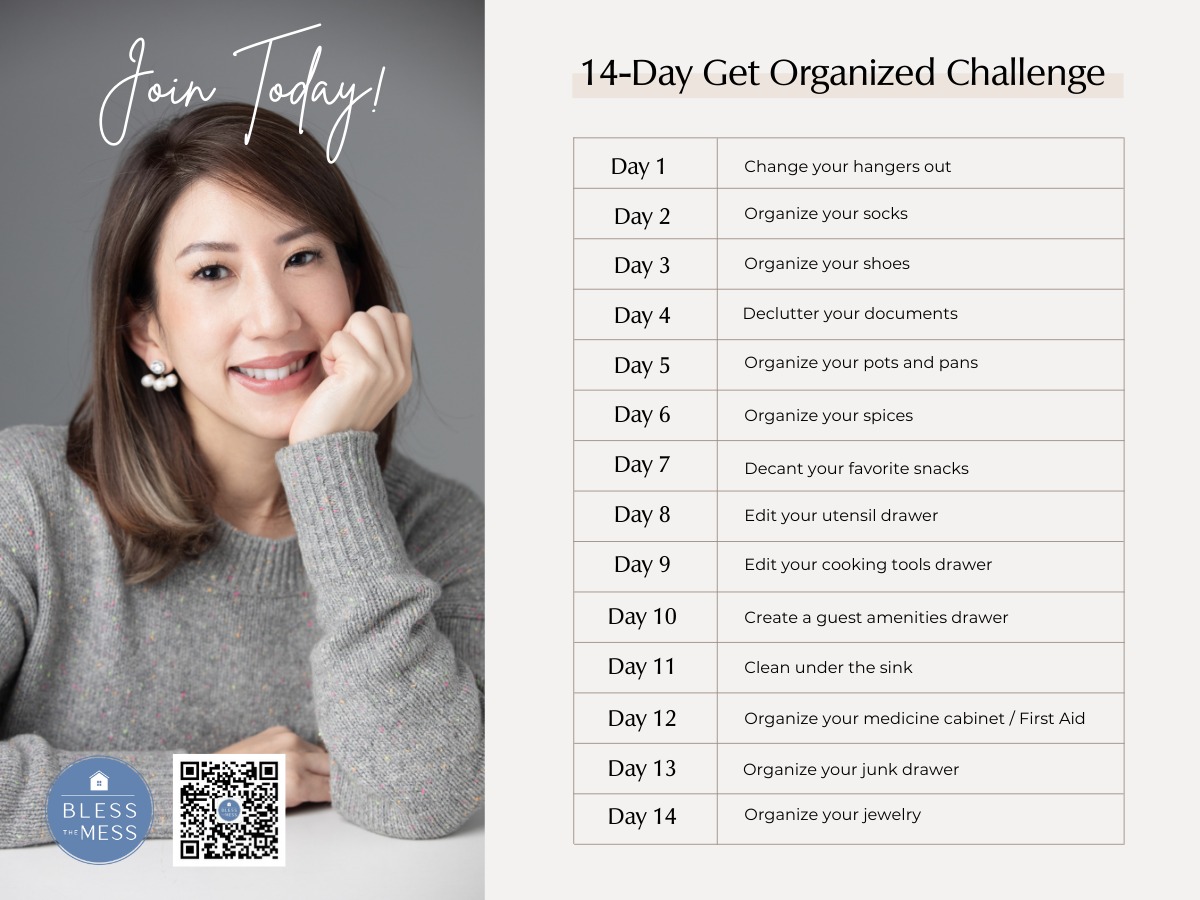
MAKE SURE TO FOLLOW US FOR MORE GOOD IDEAS
Instagram | Facebook | Little Red Book | Wechat
You can also contact me or subscribe to my newsletter here.
PIN IT FOR LATER ↓

Leave a Reply Cancel reply
Bring Tidy Home
with Our Newsletter.
Receive our free resources and stay up to date with the latest blogs, organization challenges, events, and more!
Thank you!
You're subscribed to our newsletter. We'll notify you when we release new freebies and when new blogs get published.
You may Also Enjoy...
browse the latest posts
Explore
Blog
© 2022. BLESS THE MESS, ALL RIGHTS RESERVED
| TERMS | PRIVACY | MADE WITH ♡ BY zehn
find me on instagram @bless_the_mess_
find me on instagram
Get Organized Challenge
Commit to Organize Your Life in 14 Days
Lorem ipsum dolor sit amet, consectetur adipiscing elit. Suspendisse eu lacinia metus. Quisque lacinia mi vitae nunc sollicitudin, a dignissim sem imperdiet.
Join Now
添加我的微信号
微信ID:blessthemess-sh
